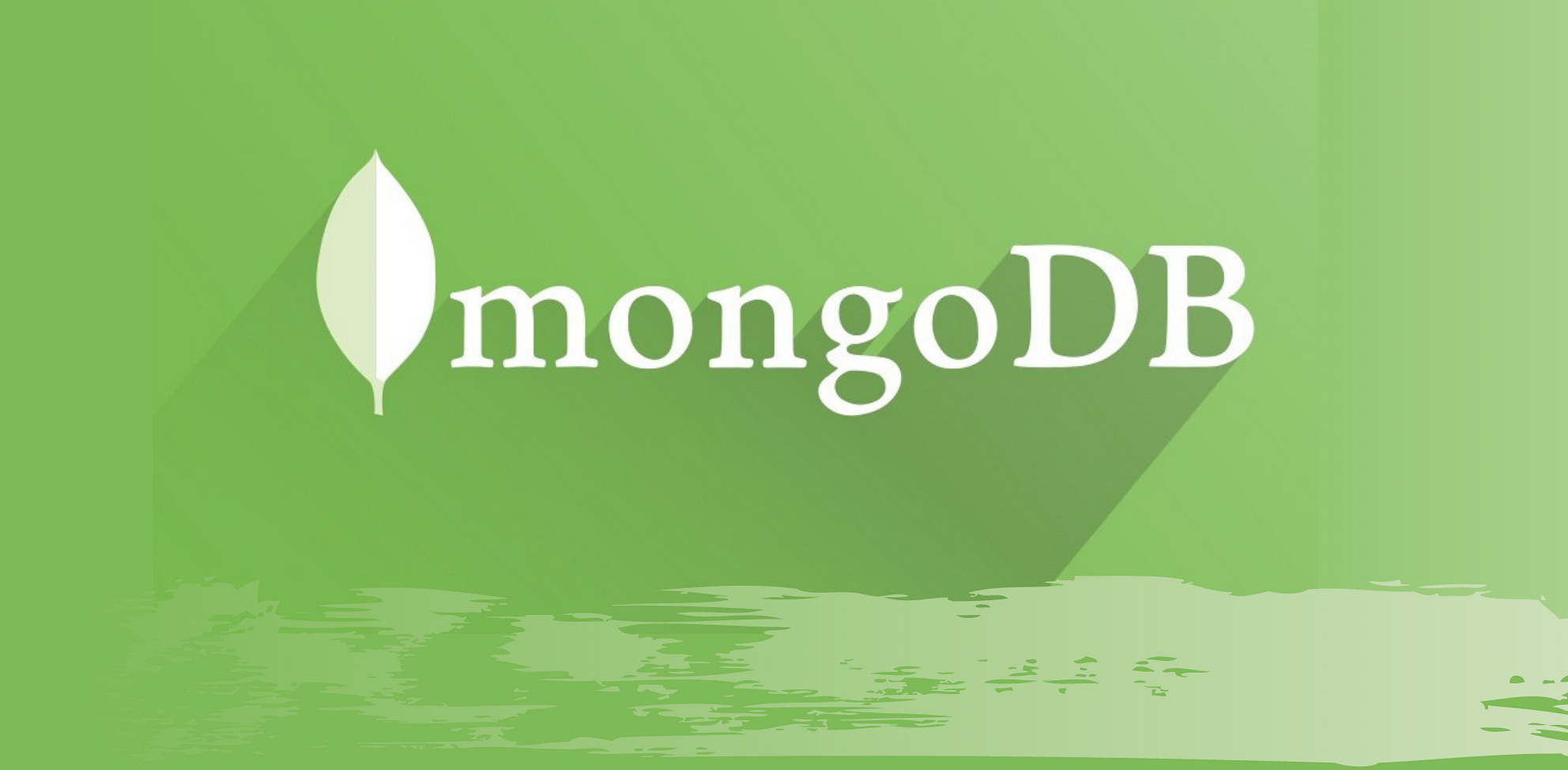

MongoDB Atlas has been extended in a variety of ways with built-in, tightly integrated functionality such as MongoDB Atlas Search, MongoDB Atlas Data Lake, and advanced features for geo-locating data and making backups. MongoDB Atlas is a Database-as-a-Service version of MongoDB Enterprise Edition that is offered on all public clouds. In MongoDB Enterprise Edition, advanced features are available through a commercial license. MongoDB started out as an open source database and it still can be used that way through the MongoDB Community Edition. Monitoring can help detect and react to real-time issues before they become significant.

You can monitor your cluster's health and performance by checking instance status, cluster operations and connections metrics, hardware metrics, and more with just a few utilities and commands. The library for each language is actively maintained, which means that it is updated with new features, bug fixes, security patches, and performance enhancements. What languages can you use with MongoDB? The list of supported languages includes Node.js, C, C++, C#, Go, Java, Perl, PHP, Python, Ruby, Rust, Scala, and Swift. Programming Languages: Does MongoDB Speak Your Language? One recent addition is the Union stage, which flexibly aggregate results from multiple collections. It features dozens of stages and over 150 operators and expressions, enabling you to process, transform, and analyze data of any structure at scale. MongoDB offers a flexible framework for creating data processing pipelines called aggregation pipelines. One tool that does this analysis for you is Performance Advisor, which analyzes queries and suggests indexes that would improve query performance. There is still work to do to analyze which queries could benefit from adding an index. Chosen carefully, indexes speed up queries because queries scan the index instead of reading every document in the collection. MongoDB offers a variety of different indexing strategies, including compound indexes on multiple fields. Indexes support the efficient execution of queries. The result is a scale-out architecture that supports even the largest applications. How does sharding work in MongoDB? MongoDB shards data at the collection level, distributing documents in a collection across the shards in a cluster. Sharding is the term for distributing data intelligently across multiple machines. Sharding: Scalability to Handle Massive Data GrowthĪ modern data platform needs to be able to handle very fast queries and massive datasets using ever bigger clusters of small machines. A replica set is a group of at least three MongoDB instances that continuously replicate data between them, offering redundancy and protection against downtime in the face of a system failure or planned maintenance. When you create a database in MongoDB, the system automatically creates at least two more copies of the data, referred to as a replica set. With MongoDB, high availability is built right into the design. To show which collections are in a particular database, use the command listCollections.Īn important way to ensure high availability is by keeping more than one copy of your data. Collections do not enforce a schema, and documents in the same collection can have different fields.Įach collection is associated with one MongoDB database. But collections in MongoDB are far more flexible. If you are familiar with relational databases, you can think of a collection as a table.

In MongoDB, a collection is a group of documents. But from a developer perspective, MongoDB is a JSON database. It enables developers to quickly deliver new application functionality.įor faster access internally and to support more data types, MongoDB converts documents into a format called Binary JSON or BSON. The document model provides flexibility to work with complex, fast-changing, messy data from numerous sources. Compare that to a traditional relational database table, where adding a field means adding a column to the database table itself and therefore to every record in the database.ĭocuments can be nested to express hierarchical relationships and to store structures such as arrays. The fields in a JSON document can vary from document to document. The document data model maps naturally to objects in application code, making it simple for developers to learn and use.


 0 kommentar(er)
0 kommentar(er)
